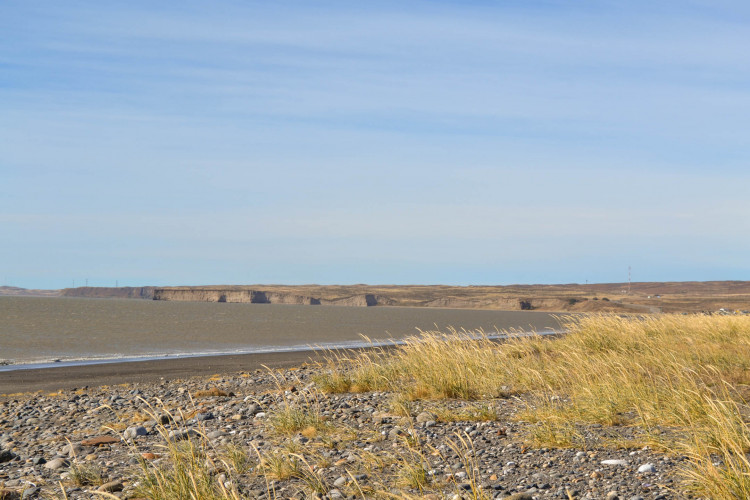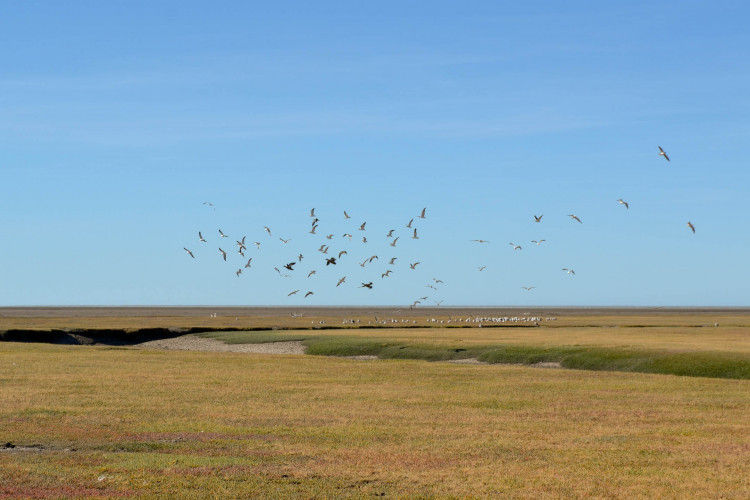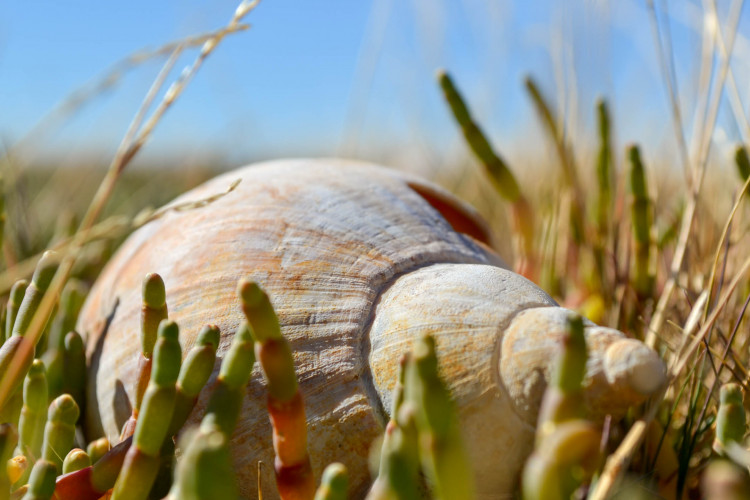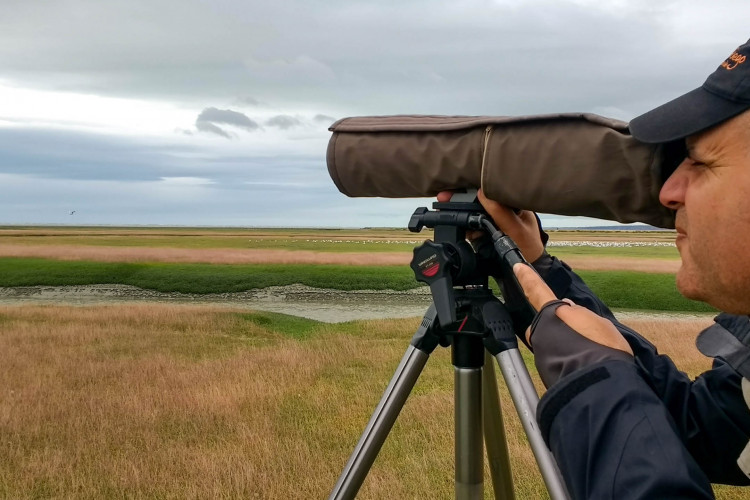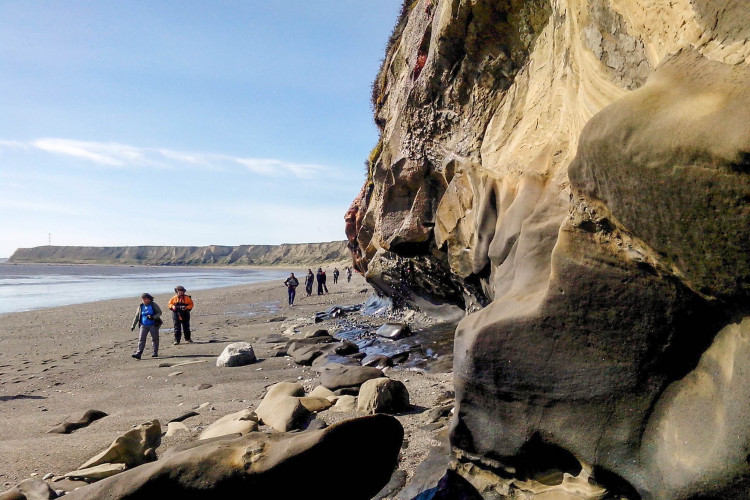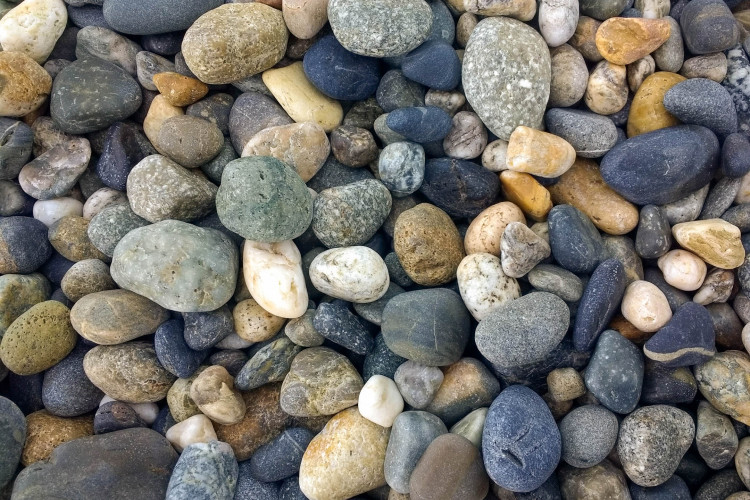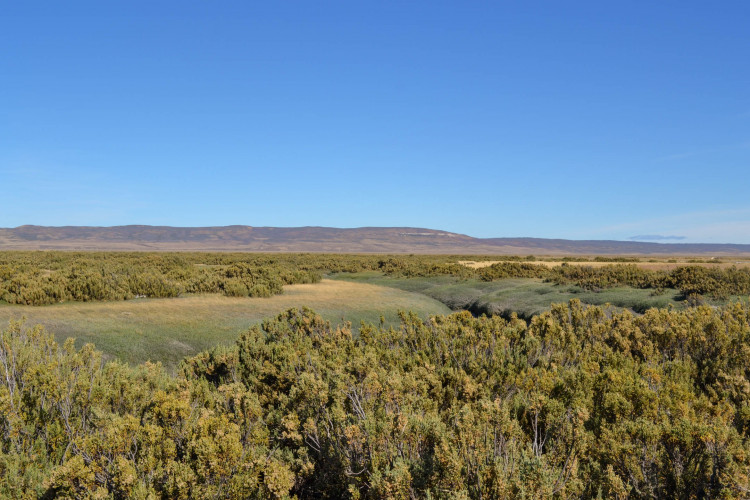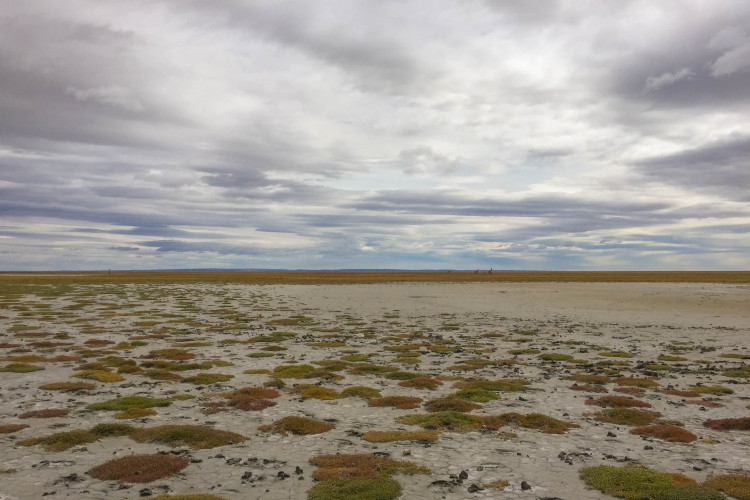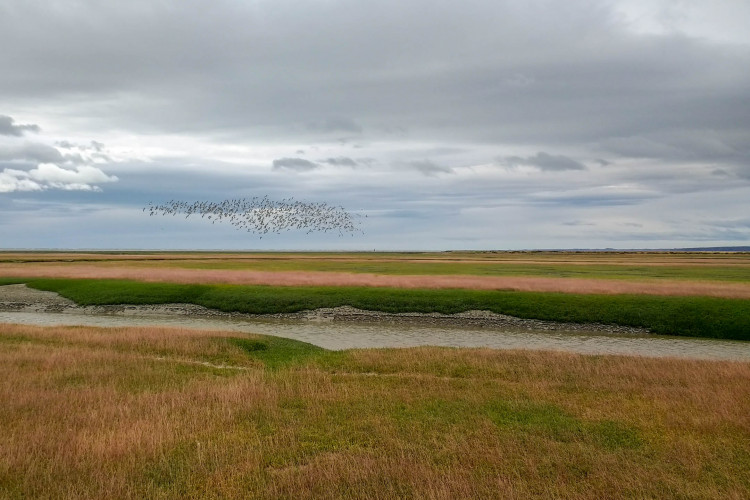San Sebastian Bay
Located near the city of Río Grande, this bay is home of one of the largest seabird colonies in the island.
San Sebastian Bay is part of the Western Hemisphere Shorebird Reserve Network (WHSRN).This area has a high concentration of migratory shorebirds, such as Hudsonian Godwit (Limosa haemastica), Red Knot (Calidris canutus), and White-rumped Sandpiper (Calidris fuscicollis), as well as shorebirds that breed in southern Patagonia, including Rufous-breasted Dotterel (Charadrius modestus), Magellanic Plover (Pluvianellus socialis) and Two-banded Plover (Charadrius falklandicus).
It is a popular site to enjoy birdwatching and long walks along the coastline. To get there you must take the National Route 3 and drive North of Río Grande for about 80 kilometres.
San Sebastian Bay
Located near the city of Río Grande, this bay is home of one of the largest seabird colonies in the island.
San Sebastian Bay is part of the Western Hemisphere Shorebird Reserve Network (WHSRN).This area has a high concentration of migratory shorebirds, such as Hudsonian Godwit (Limosa haemastica), Red Knot (Calidris canutus), and White-rumped Sandpiper (Calidris fuscicollis), as well as shorebirds that breed in southern Patagonia, including Rufous-breasted Dotterel (Charadrius modestus), Magellanic Plover (Pluvianellus socialis) and Two-banded Plover (Charadrius falklandicus).
It is a popular site to enjoy birdwatching and long walks along the coastline. To get there you must take the National Route 3 and drive North of Río Grande for about 80 kilometres.

